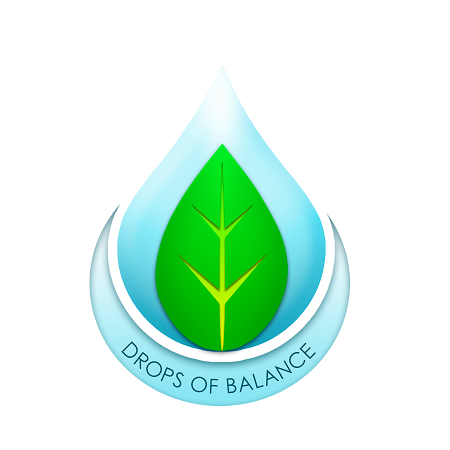
what do plants really need to grow? the soil health secret that garden centers don't want you to know
title: what do plants really need to grow? the soil health secret that garden centers don't want you to know
garden centers sell solutions. not answers.
the secret isn't complex. plants require seventeen essential elements. most gardeners focus on three. npk ratios dominate fertilizer labels. nitrogen. phosphorus. potassium.
system error: incomplete data set.
fourteen additional elements remain. micronutrients. trace minerals. often overlooked. frequently deficient.
essential element requirements
primary macronutrients:
- nitrogen: protein synthesis. chlorophyll production. vegetative growth
- phosphorus: energy transfer. root development. flowering processes
- potassium: water regulation. disease resistance. enzyme activation
secondary macronutrients:
- calcium: cell wall integrity. root function
- magnesium: chlorophyll core component
- sulfur: amino acid formation
micronutrients required:
- iron: chlorophyll synthesis
- manganese: enzyme activation
- zinc: growth hormone production
- copper: photosynthesis processes
- boron: cell wall formation
- molybdenum: nitrogen fixation
- chloride: osmotic regulation
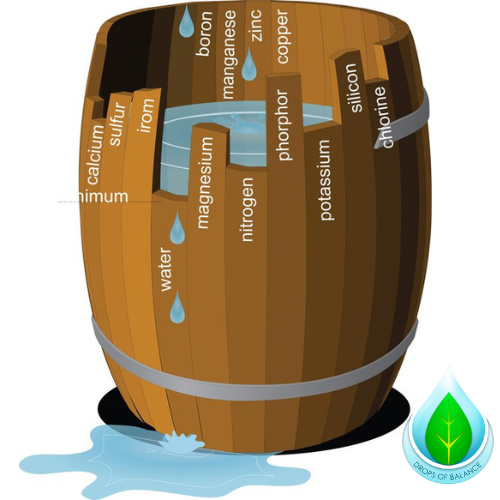
liebig's law applies. weakest link determines growth potential. single deficiency limits entire system performance.
soil composition parameters
optimal soil structure breakdown:
- 45% mineral particles (sand/silt/clay)
- 25% water content
- 25% air space
- 5% organic matter
- <1% living organisms
each component serves specific functions. mineral particles provide structural framework. organic matter retains moisture. stores nutrients. feeds microbial populations.
water transports dissolved minerals. air enables root respiration. living organisms decompose organic materials. cycle nutrients into bioavailable forms.
pH range: 6.0-7.0 optimal for nutrient availability.
system malfunction occurs outside parameters.
water quality impact assessment
tap water contains contaminants:
- chlorine: kills beneficial soil microbes
- fluoride: accumulates in plant tissues
- heavy metals: disrupt enzyme functions
- chemical residues: alter soil chemistry
contaminated water = compromised soil biology.
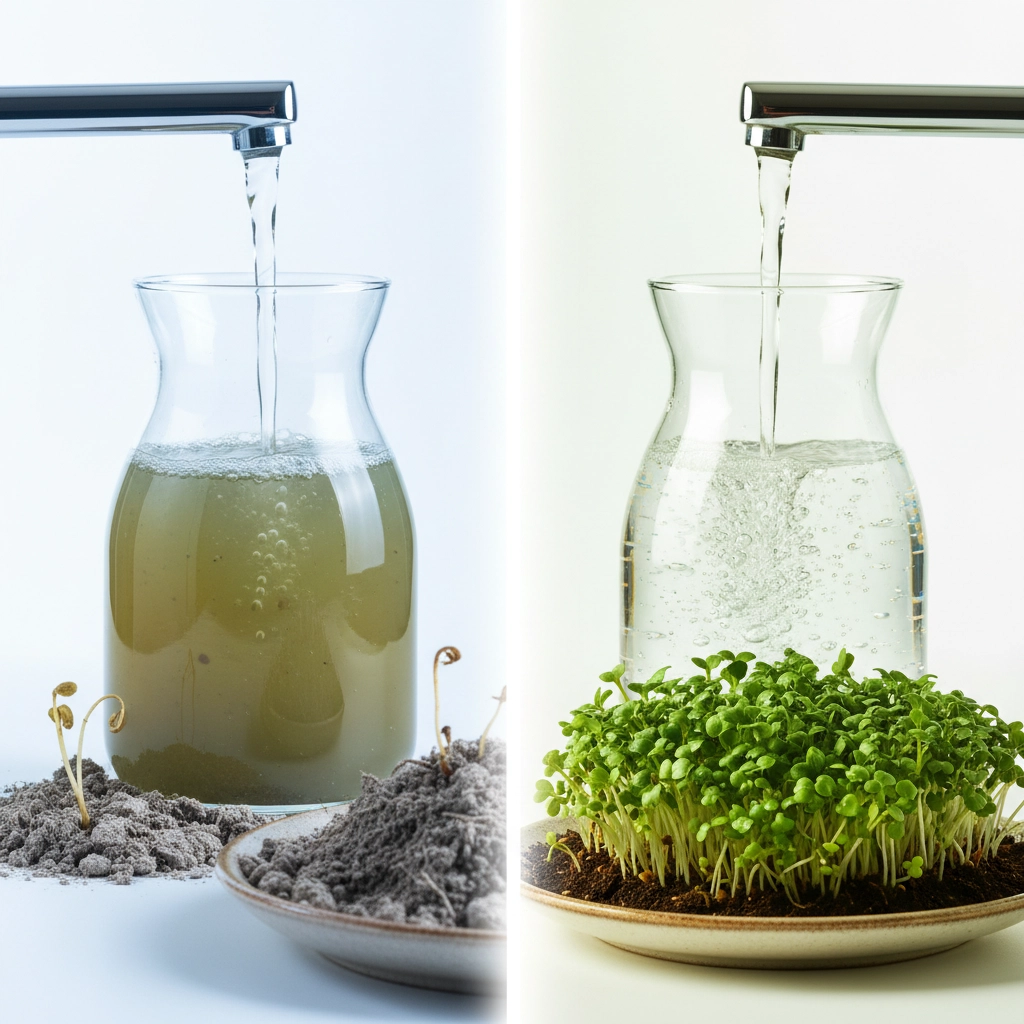
soil microorganisms require clean water. chlorinated water eliminates beneficial bacteria. fungi populations decline. nutrient cycling stops.
dead soil cannot support optimal plant growth.
trace mineral deficiency patterns
commercial fertilizers provide npk only. ignore fourteen other essential elements. soils become depleted over time.
visible symptoms include:
- yellowing leaves (iron deficiency)
- stunted growth (zinc deficiency)
- poor fruit development (boron deficiency)
- weak stems (manganese deficiency)
garden centers sell symptom treatments. not root cause solutions.
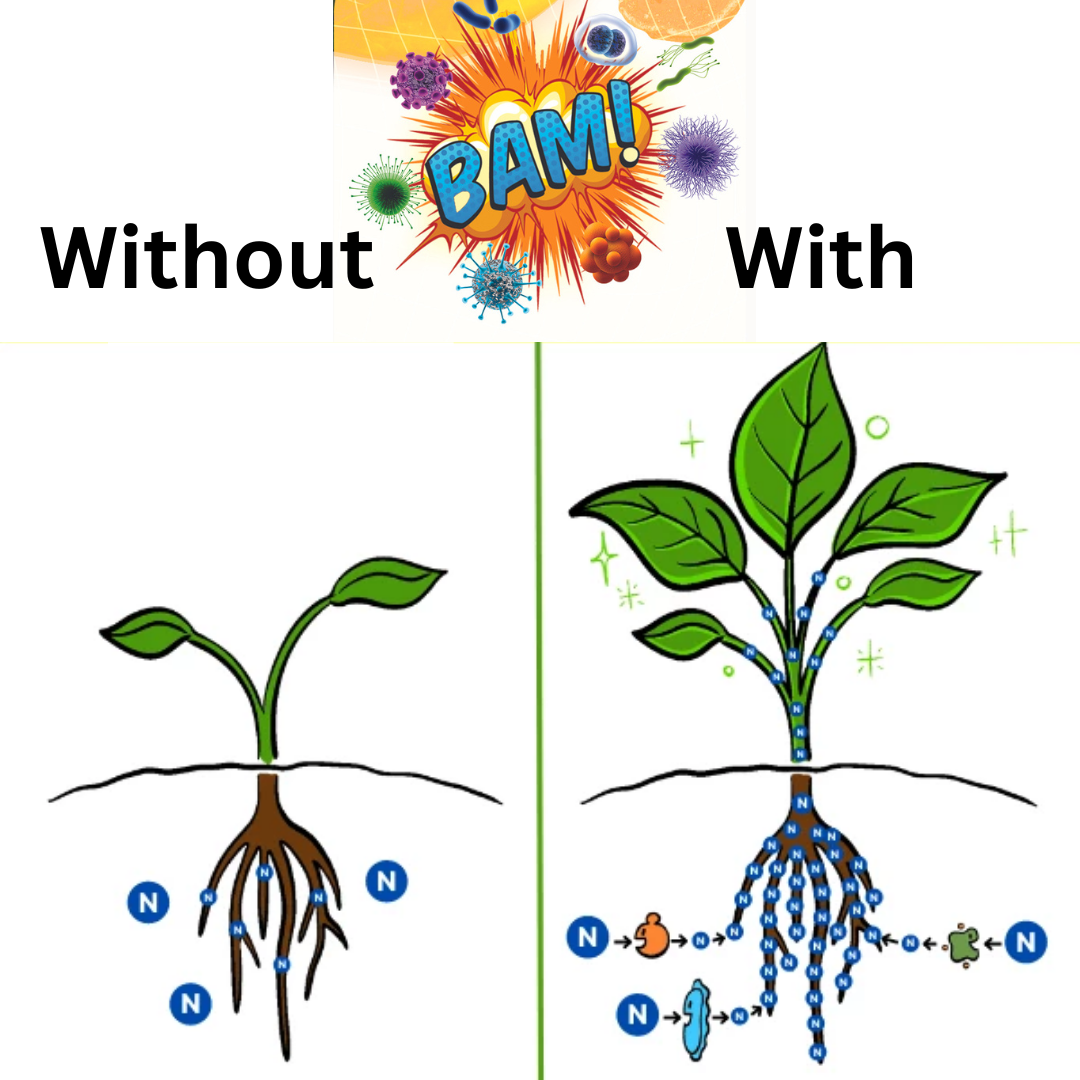
comparison demonstrates mineral-rich water impact. left plant: tap water irrigation. right plant: mineral-enhanced water treatment.
growth differential: significant.
water treatment protocol
standard tap water requires processing:
- remove harmful contaminants
- add essential trace minerals
- balance pH levels
- maintain microbial activity
drops of balance provides comprehensive solution. removes chlorine. fluoride. heavy metals. adds sulfated trace minerals.
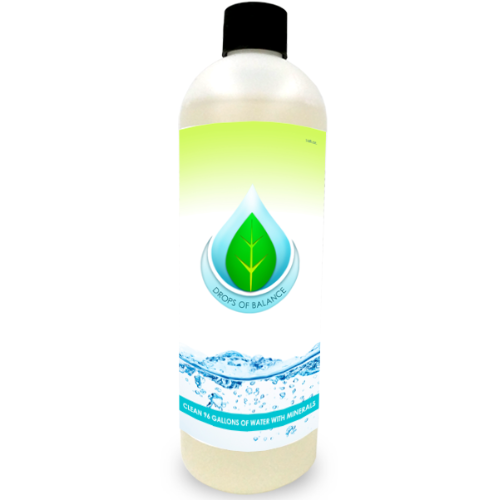
application rates:
- drinking water: 2.5ml per gallon
- plant irrigation: 0.5ml per gallon
- foliar feeding: 2ml per gallon
one bottle treats substantial water volumes. cost-effective mineral supplementation.
soil biology restoration
healthy soil contains billions of microorganisms per teaspoon. bacteria. fungi. protozoa. nematodes.
these organisms:
- break down organic matter
- release bound nutrients
- improve soil structure
- protect against pathogens
- enhance water retention
chlorinated water destroys this ecosystem. plants struggle in sterile soil.
mineral-rich water feeds soil biology. microbe populations recover. nutrient cycling resumes.
implementation strategy
step 1: test current soil pH step 2: assess water quality step 3: implement water treatment protocol step 4: monitor plant response step 5: adjust application rates
consistent mineral supplementation required. single applications insufficient.
economic analysis
commercial mineral supplements cost $50-100 per acre application. multiple applications needed annually.
water treatment approach:
- treats all irrigation water
- feeds soil continuously
- costs significantly less
- improves long-term soil health
return on investment: measurable within single growing season.
measurement protocols
baseline measurements before treatment:
- soil pH testing
- plant height/vigor assessment
- yield documentation
- water quality analysis
post-treatment monitoring:
- weekly growth measurements
- soil biology evaluation
- nutrient content analysis
- yield comparison data
quantifiable results demonstrate effectiveness.
system optimization
maximum efficiency requires:
- consistent water treatment
- appropriate application rates
- regular soil testing
- organic matter additions
integrated approach produces superior results. water treatment alone insufficient. soil biology restoration essential.
troubleshooting common issues
problem: slow plant response solution: increase application rate
problem: leaf burn symptoms
solution: reduce concentration
problem: continued deficiencies solution: test for soil compaction
problem: inconsistent results solution: verify water treatment consistency
conclusion
garden centers profit from repeated purchases. symptom-based treatments. temporary solutions.
root cause approach focuses on:
- complete mineral nutrition
- soil biology health
- water quality optimization
- sustainable growing practices
seventeen essential elements required. water quality determines availability. soil biology enables uptake.
comprehensive mineral solution available
system performance improves with proper inputs. optimal plant growth achievable. science-based approach eliminates guesswork.
implementation begins with water treatment. soil health follows. plant performance improves.
results speak for themselves.
